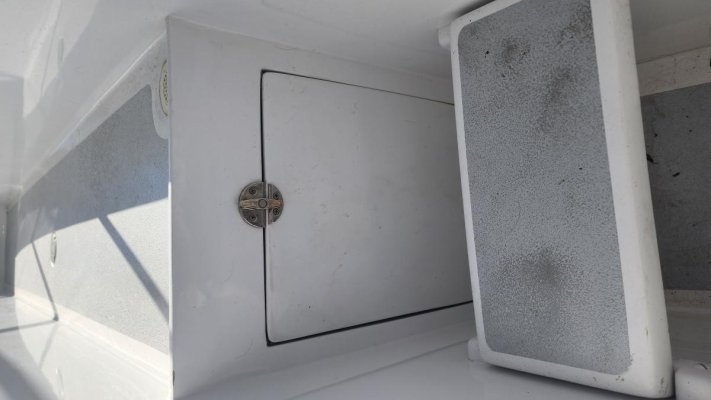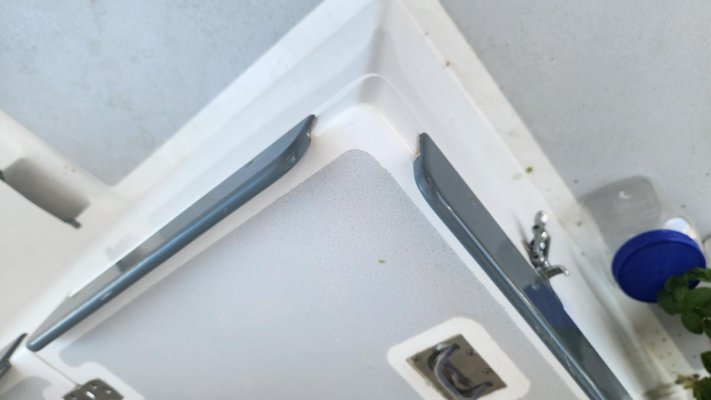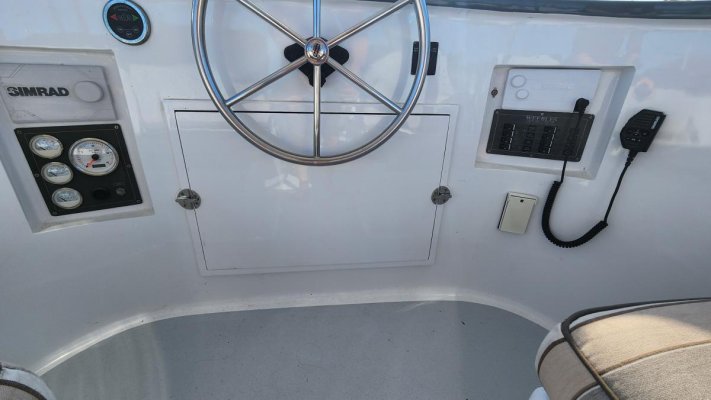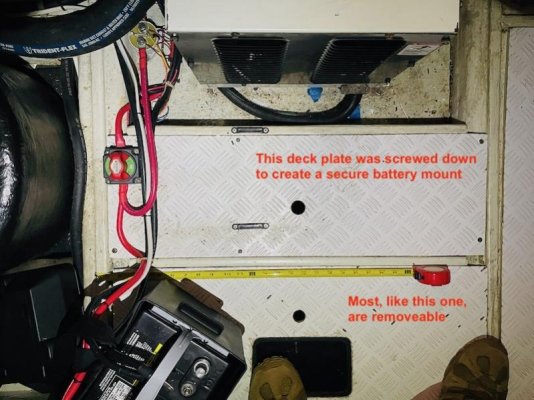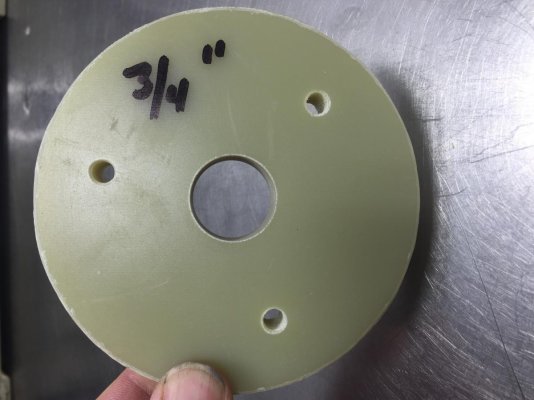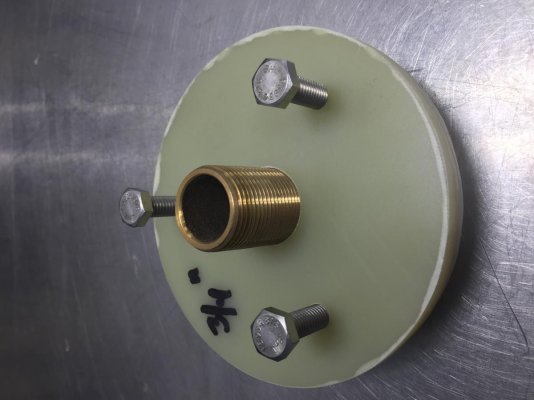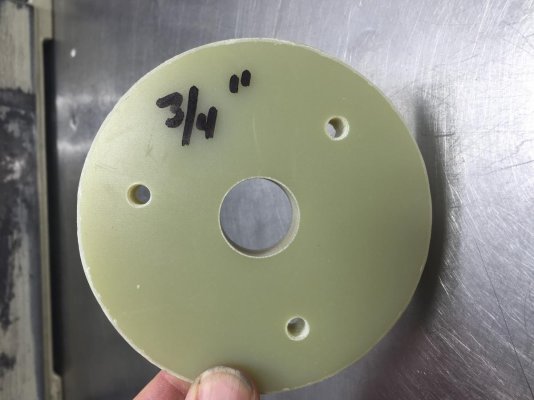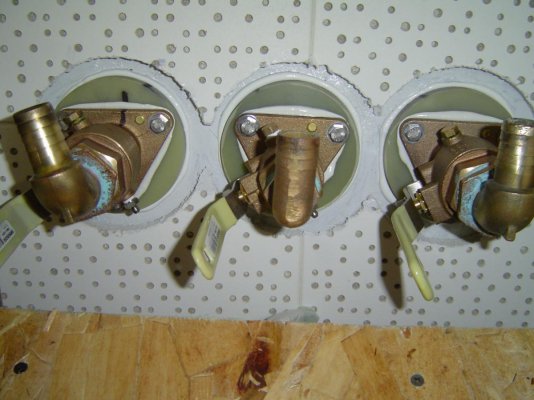PhilPB
Guru
- Joined
- Oct 5, 2021
- Messages
- 775
- Location
- Palm Beach County
- Vessel Name
- Sun Dog
- Vessel Make
- Mainship 34
In the near future I need to do a haul and replace a few seacocks. The backing on them now looks original, appears to be wood and not in great shape. I could get some teak dimensional scraps but I'm sure someone here has a better idea of what I can use. Suggestions?
Also suggestions on seacock replacements would be helpful.
Also suggestions on seacock replacements would be helpful.

